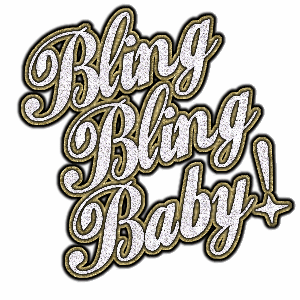I don’t rant very often, and most people who know me would say I’m a very laid-back guy (some people say if I were any more laid back, I wouldn’t have a pulse). But sometimes, my cynical side thinks bad things about expensive bikes, and snobbish cyclists… and I have to take a long, hard look at what I really enjoy about riding a bike.
I like real casual group rides, the kind where they might stop for donuts and coffee. I’m not interested in Snagging a Strava KOM. I like hanging with my buds, getting lost and finding new trails and roads. I’m the guy who shows up to group rides in baggy shorts and a 35 year old Raleigh, and proceeds to ride whenever, wherever. My jersey pockets aren’t stuffed with Blok Shots, probably just bananas, PB&J and some trail mix in my panniers.
I’ll admit it, I’m tempted to over-think cycling, and so are a lot of other people. But at the end of the day, I don’t need a bunch of stuff to enjoy cycling. That’s part of why I started riding to work. I didn’t want to just ride as a hobby. I wanted it to be a normal part of my life, like breathing, or eating. I wanted to make a difference in the world, and a change in my life.
And I think, overall, I’ve accomplished that. I’ll admit it, my bikes are heavy, mostly cheap, and cobbled together from spare parts. Even if I were concerned about weight, I couldn’t spend serious coin on a bicycle. And I’m here to tell you you don’t have to. I’ve been around long enough to know what you ride isn’t as important as how much you ride. And even that pales in comparison to how much you love to ride. I will always have respect for someone who puts down big miles, especially if they do it on a cheap/heavy bike. Bonus points if you built the bike yourself. Don’t think that you have to have to lay out a lot of money to have a decent commuter bike. Usually, you can use what you have already, and just add to it as you go.
This is how I got started, with a cheap bike. I rode it to work until it broke. Then I fixed it, and kept riding it. You won’t really know what you need in a commuter bike until you’ve ridden it a few weeks. At first you might think “I want a swoopy road bike that’s fast!” but once you ride a week or so, you realize you need something with wider tires for rough roads. Maybe you want something with room for fenders. You might want something that can take a rack and panniers. Maybe you want a hybrid that you can use to hit a trail on the way. Whatever it is, the best practice is if you already have a bike, get it in usable shape and ride it like it is. Don’t worry about the gear and parts and stuff. Most bikes will work just fine for commutes up to 10 or so miles, maybe more.
“But expensive bikes just ride better, you can’t put a price tag on that!” Well, maybe, but it won’t increase your love of cycling exponentially. You will eventually want to find a bike that’s the right tool for the job (and of course, you should), but once your passion for riding is kindled, you start building strength and stamina. You discover it’s not about the bike, it’s about you.
What I’m fighting is the mentality and marketing hype that says you have to have expensive stuff to enjoy cycling. You don’t need $200 worth of shoes and pedals, a $150 shirt, and a $3000 bike to “be a serious cyclist.” That’s baloney. Get a cheap bike that fits, get it in shape, and ride it until it breaks. Then when parts wear out, learn how to repair it. Learn the joy of cycling, not the joy of shiny, new, expensive stuff. The joy of cycling will last a lifetime. Shiny new stuff only lasts until there’s something newer and shinier. I’d rather ride 20 miles with guys on home-built beater MTB hybrids than not ride at all. And eventually, all bikes will break if you use them. Some of the more expensive ones will last longer, some won’t. If you develop the lifestyle, you can move on to better bikes as your budget and needs allow. Don’t be intimidated by high price tags, snobbery, and slick marketing. We have to deal with that stuff everywhere else already… the bike should be a place to get away from that. You can’t put a price tag on that.
A love of cycling is earned, not bought.
Okay, okay. I guess I should add in something of practical value here, no more ranting. These are what I would consider the top 10 priorities for someone planning on using a bicycle as a primary means of transportation for the first time.
- Get a bike. Doesn’t matter what kind.
- Adjust the bike to make it as comfortable and safe as possible. (If you have to get a shop to do it, it’s still cheaper than a new bike)
- Lay out a route ahead of time. Check it for hazards… look where you’d actually ride, i.e. paths or shoulders.
- Practice riding to work on a non-work day, when you’re not pressed for time.
- Learn how to ride correctly. Don’t be erratic, stupid, or risky. You want to get there in one piece.
- Repeat #4 until you can do it without problems.
- Pack your work stuff in a bag/backpack/pannier/basket the night before.
- Ride to work. Look smug all day.
- If you run into a problem, try to solve it simply first… buy something if you must.
- Keep riding.

